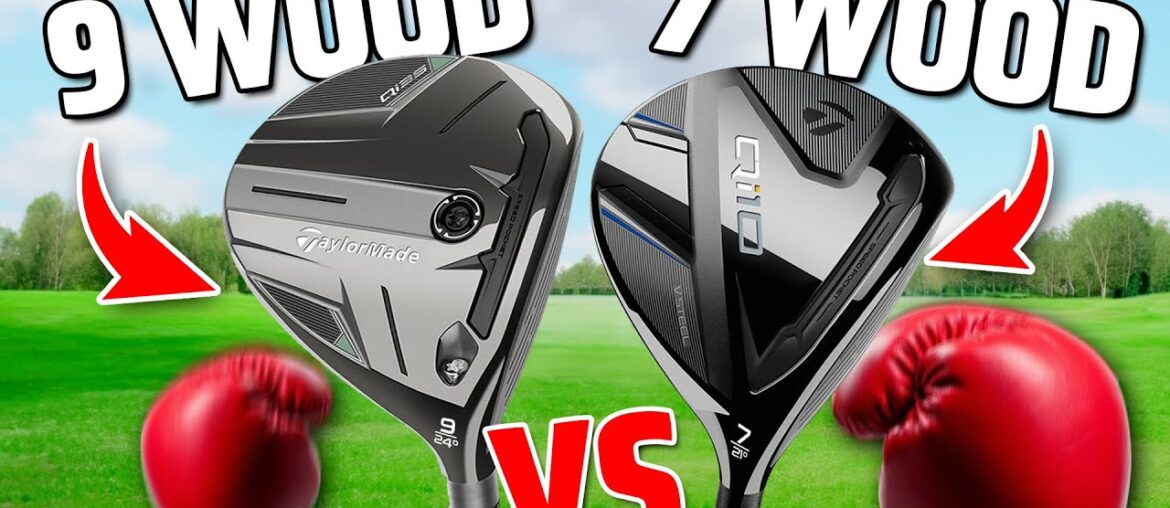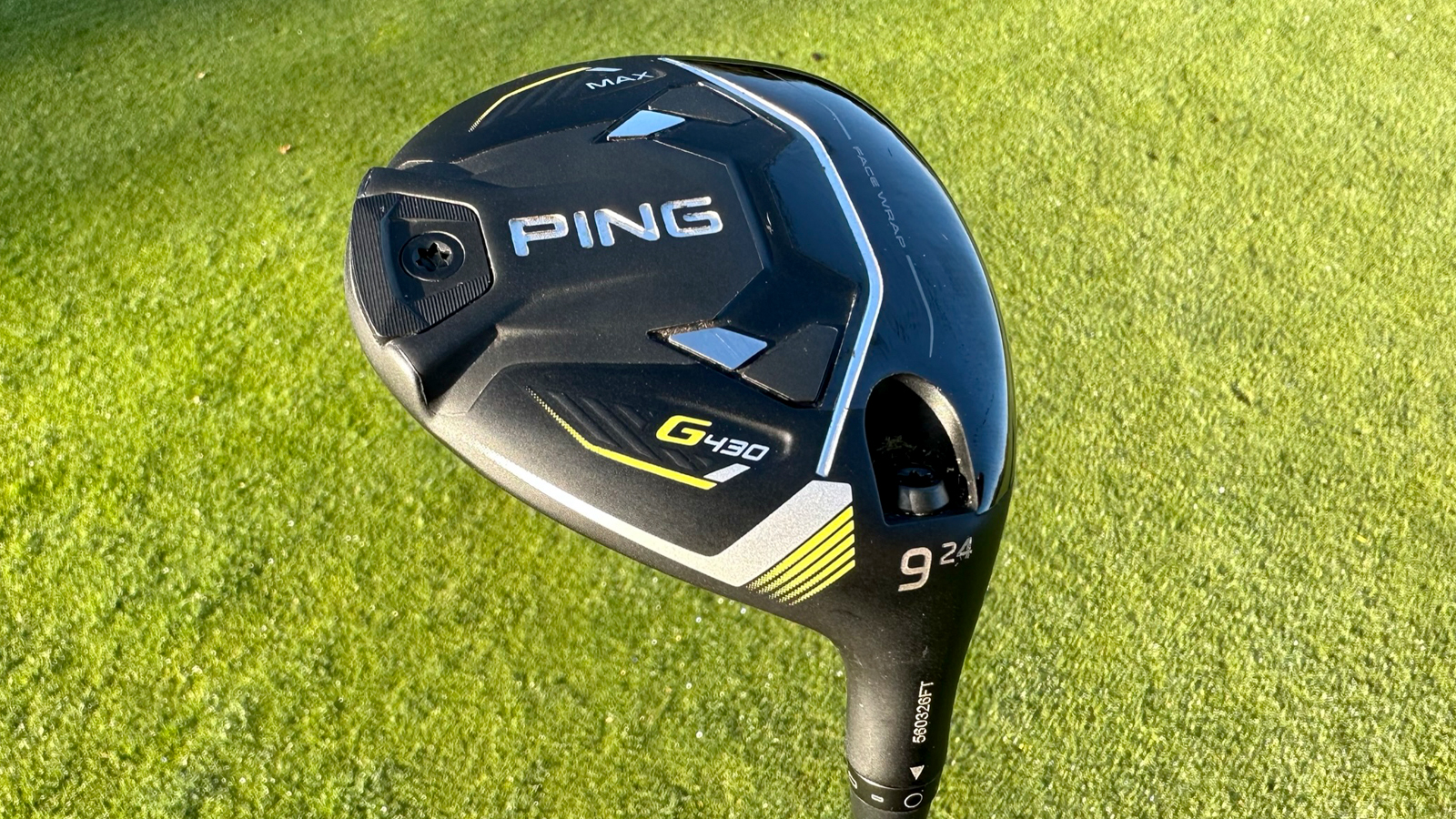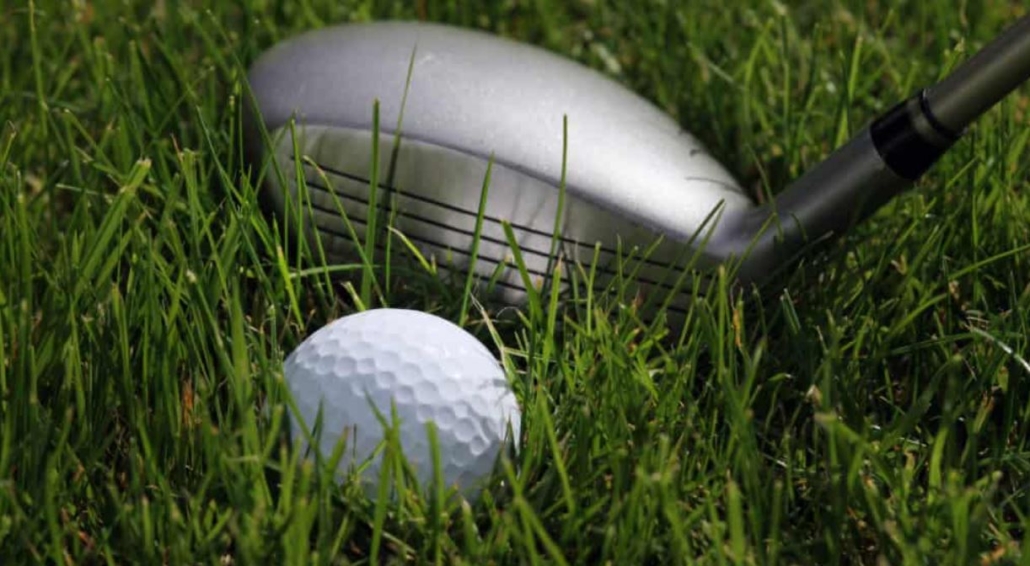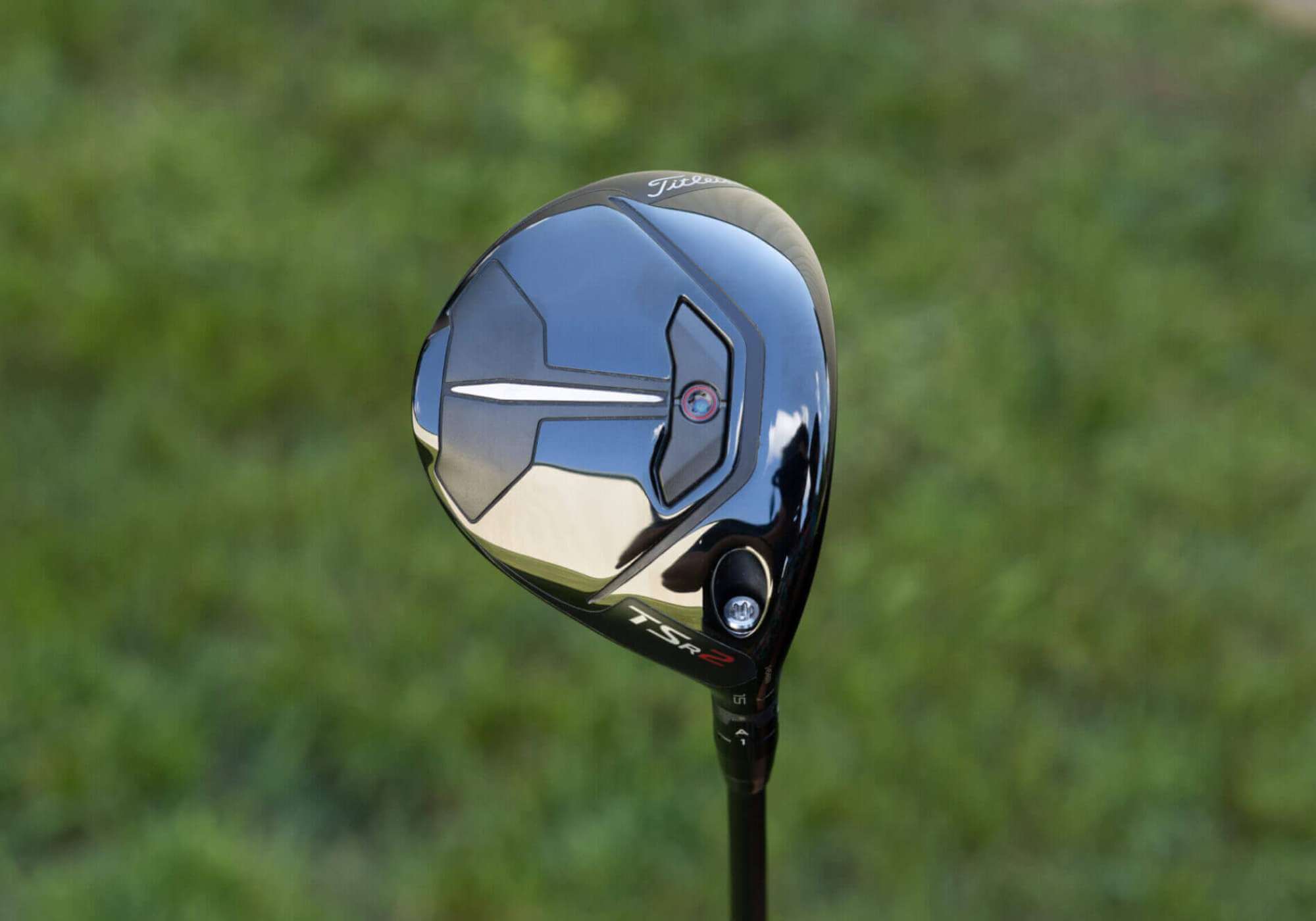|
Getting your Trinity Audio player ready...
|
7 Wood vs 9 Wood Distance: Which Club Belongs in Your Bag?
If you’ve ever stood on the fairway wondering whether to pull your 7 wood or 9 wood, you’re not alone. These high-lofted fairway woods are designed for accuracy and height, but they serve slightly different purposes. The main difference comes down to distance and loft — and choosing the right one can tighten your gapping and improve your scoring.
In this guide, we’ll break down the 7 wood vs 9 wood distance, their loft differences, and when to use each.
What Is a 7 Wood?
The 7 wood is a fairway wood with a loft of around 20°–22°. It launches higher than a 5 wood but still provides solid distance.
-
Typical Distance (Amateurs): 170–210 yards
-
Loft: ~21°
-
Best For: Long par 3s, approach shots into par 5s, or replacing a 3/4 hybrid
-
Trajectory: Mid-high, forgiving on mishits
The 7 wood has become a favorite among golfers who struggle with long irons. Its shallow face and extra loft make it easier to launch from the fairway, rough, or even light sand.
What Is a 9 Wood?
The 9 wood is even more lofted, sitting around 23°–26°. Think of it as a replacement for a 4 or 5 iron, but much easier to hit.
-
Typical Distance (Amateurs): 150–185 yards
-
Loft: ~24°–26°
-
Best For: High approach shots into greens, stopping power, replacing a 4/5 iron
-
Trajectory: Very high, soft landing
The 9 wood shines for golfers who want extra forgiveness and need help stopping the ball quickly on the green.
7 Wood vs 9 Wood Distance: Side-by-Side Comparison
Here’s how the two clubs stack up:
| Club | Loft (°) | Typical Distance (Men) | Typical Distance (Women) | Common Replacement |
|---|---|---|---|---|
| 7 Wood | 20°–22° | 170–210 yds | 130–170 yds | 3/4 Hybrid, 3/4 Iron |
| 9 Wood | 23°–26° | 150–185 yds | 110–150 yds | 4/5 Hybrid, 4/5 Iron |
Key takeaway: The 7 wood is for longer carries with less spin, while the 9 wood is for higher shots with softer landings.
When Should You Use a 7 Wood?
Choose a 7 wood if:
-
You want a forgiving alternative to hybrids or long irons.
-
You need consistent distance around 180–200 yards.
-
You play courses with long par 3s or second shots into par 5s.
-
You prefer a club that’s easy to hit from both fairway and rough.
When Should You Use a 9 Wood?
Pick a 9 wood if:
-
You need higher launch and soft landings into greens.
-
You struggle with 4 or 5 irons.
-
You want a reliable 150–170 yard club.
-
You play on courses with small, firm greens where stopping power matters.
Should You Carry Both?
Some golfers carry both a 7 and 9 wood to cover distance gaps. Others choose just one, depending on what hybrids or long irons they already play.
Bag setup example:
-
Driver (10.5°)
-
3 Wood (15°)
-
5 Wood (18°)
-
7 Wood (21°)
-
9 Wood (24°–26°)
-
6 Iron down through wedges
👉 The trick is to check your distance gapping. If you have a hole between your 6 iron and 5 wood, one of these fairway woods can close it perfectly.
Final Thoughts: 7 Wood vs 9 Wood Distance
The 7 wood gives you more distance and versatility, while the 9 wood offers higher launch and accuracy.
-
Pick the 7 wood if you need a reliable 180–200 yard club that’s easy to launch.
-
Pick the 9 wood if you need forgiveness, height, and soft landings in the 150–170 yard range.
At the end of the day, the best way to decide is to test both clubs on a launch monitor or at your local course. Golf is about confidence, and the club that inspires it is the one you should keep in your bag.







